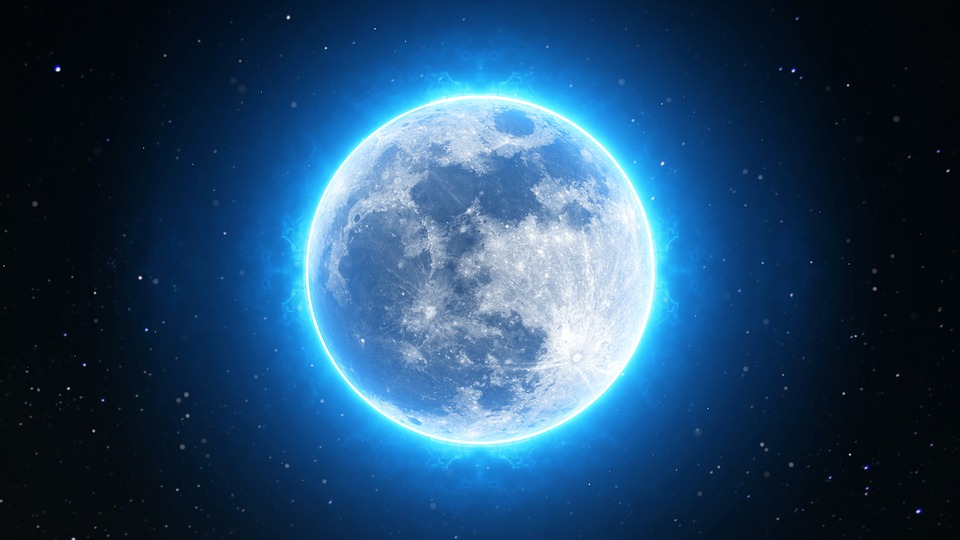The year may have just begun, but it looks like the sky is already giving us some compelling reasons to gaze upward. At the end of this month on January 31st, there will be a total lunar eclipse.
A total lunar eclipse occurs when the Sun, Earth, and moon are aligned. This total lunar eclipse is quite special though because it also occurs on a blue moon. An event like this one has not occurred in 152 years, which makes it a rare treat for those of us who enjoy sky watching.
According to Space.com, March 31, 1866, was the last time a total lunar eclipse occurred on a blue moon. However, the next time it’ll happen will be on December 31, 2028. So, if you do miss this one, it’ll only be ten more years until you’ll have the chance to witness it for yourself again.
For those of you who don’t know, a blue moon happens around every 2.7 years. When two full moons occur in one month, the second full moon is called a Blue Moon. That was not the term’s original meaning, though. Traditionally, when there are four full moons in a season, instead of the usual three, the third full moon is called a Blue Moon.
A total lunar eclipse happens when direct sunlight is entirely blocked by the earth’s shadow or umbra. The Sun’s light is refracted by our atmosphere through the earth’s shadow, and when the moon moves into the Earth’s shadow, it appears reddish. That is why a total lunar eclipse is called a blood moon at times.
As if being a rare, blue moon – total lunar eclipse wasn’t a big enough deal already, it gets even more impressive. This full moon will be the third supermoon that we’ve had in a row. Any full or new moon that comes closer than 361,554.9 km of Earth technically counts as a supermoon.
The first one in this series of three occurred on December 3rd, 2017, the second on January 2nd, 2018 and this third one will be happening on January 31st, 2018.
I’m sure many of you are wondering where you will be able to enjoy this rare skywatching event. Western North America, Australia, Asia, the Pacific, and New Zealand are the lucky ones that will be on the nighttime side of Earth to view this total lunar eclipse.
Totality, or when the moon is entirely inside Earth’s umbral shadow will last 77 minutes.
The total lunar eclipse happens at the same time all over the world, but you must be on the nighttime side of the Earth while the eclipse takes place, to witness this unusual phenomenon.
You can check out EarthSky for more great timings, but for western North America, Alaska, and the Hawaiian Islands, this total lunar eclipse will be visible early in the morning before sunrise on January 31st.
The total lunar eclipse takes place in the evening hours after sunset on January 31st if you happen to live in The Middle East, Australia, Asia, Indonesia, and New Zealand.
Many people around the world are excited about the possibility of witnessing such an amazing sight in our night sky. Ever since the total solar eclipse happened last August, I have noticed that it seems like more people than ever have become interested in what happens around our planet.
Have any of you ever been lucky enough to witness a total lunar eclipse before? We’d love to hear about your experiences in the comments section along with any tips you might have for viewing.
Please Share with Your Friends and Family
About the Author: Bethany Vincent is a writer from La Grange Kentucky who has loved playing with words since she first learned to speak. She lives with her teenage son and adopted dog daughter in a cute, yellow house with a picket fence. During college at the University of Louisville, she could be found at the writing center most of the time, and her primary areas of focus were literature, creative writing, and visual arts. Bethany has contributed articles and created content for many websites and blogs during her writing career. In her free time, she enjoys gardening, juggle-dancing, yoga, photography, cooking and singing along with her favorite songs while in the car driving. In the future, she plans to finish writing her first book and hopes to travel to all the beautiful places that she’s read about.














